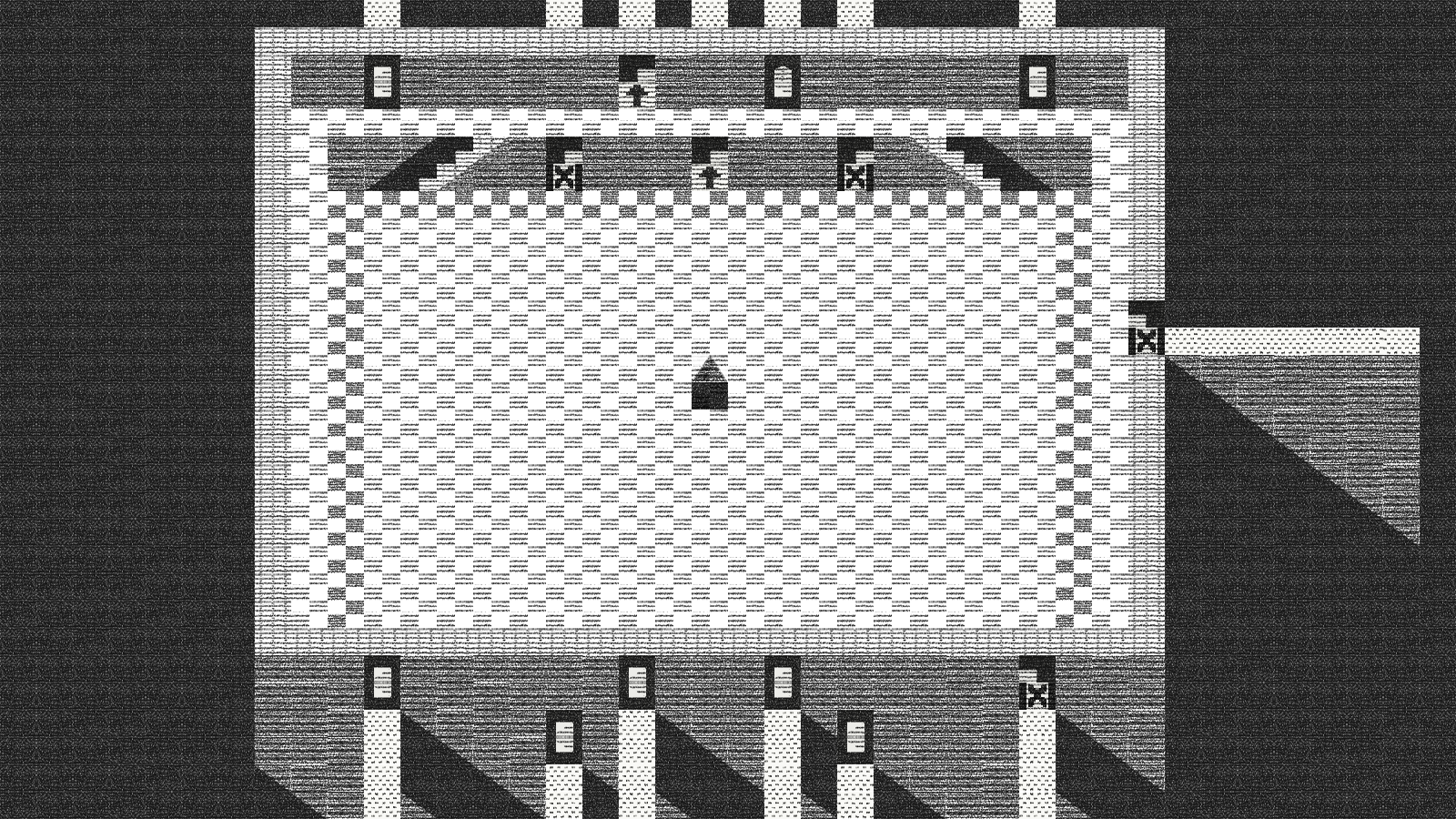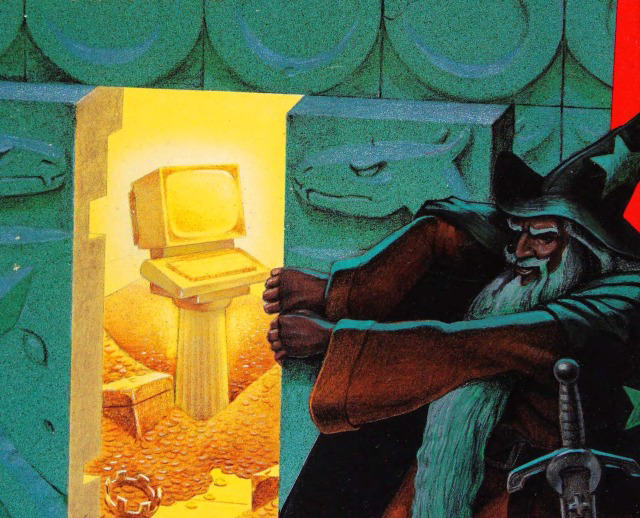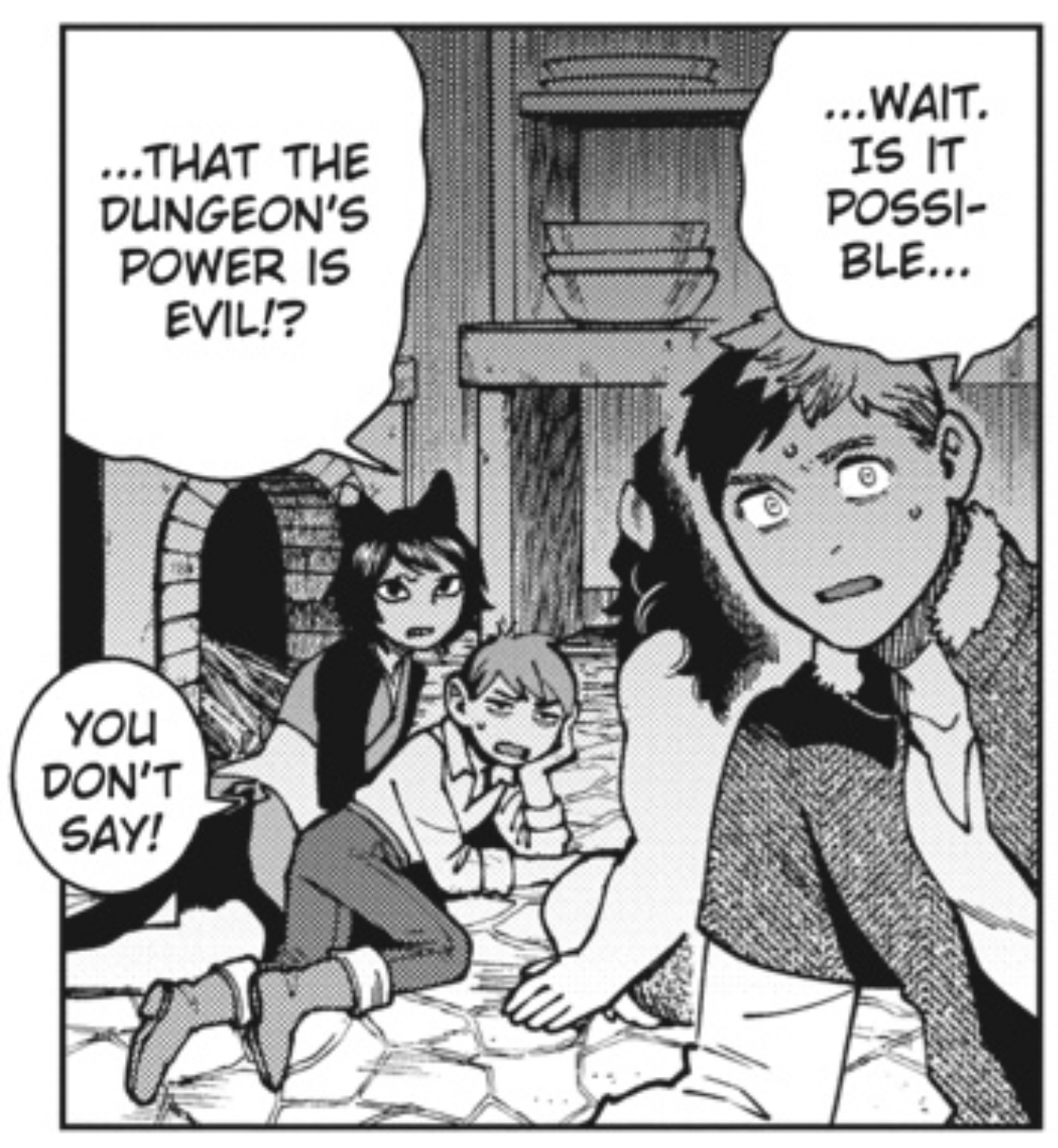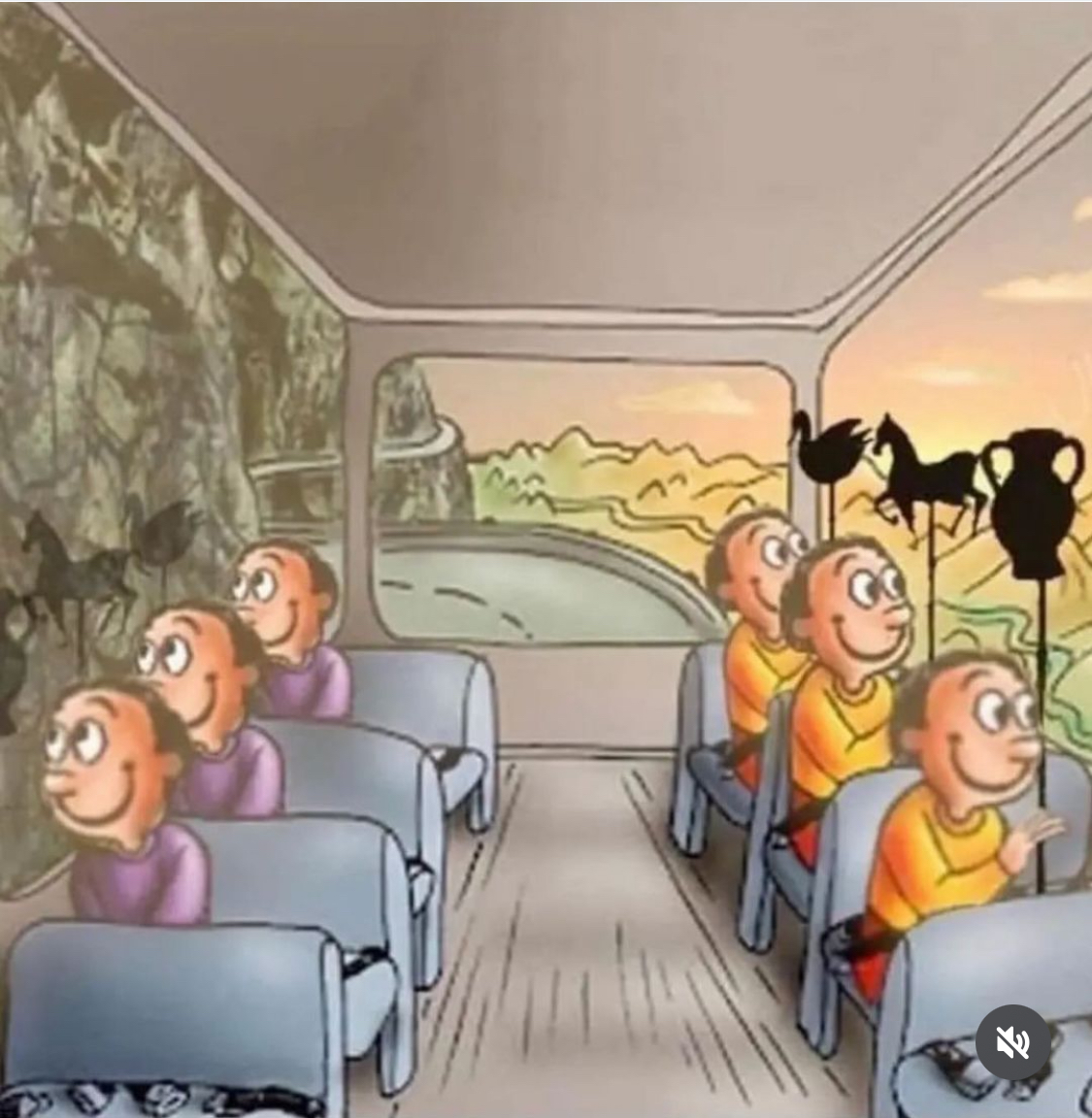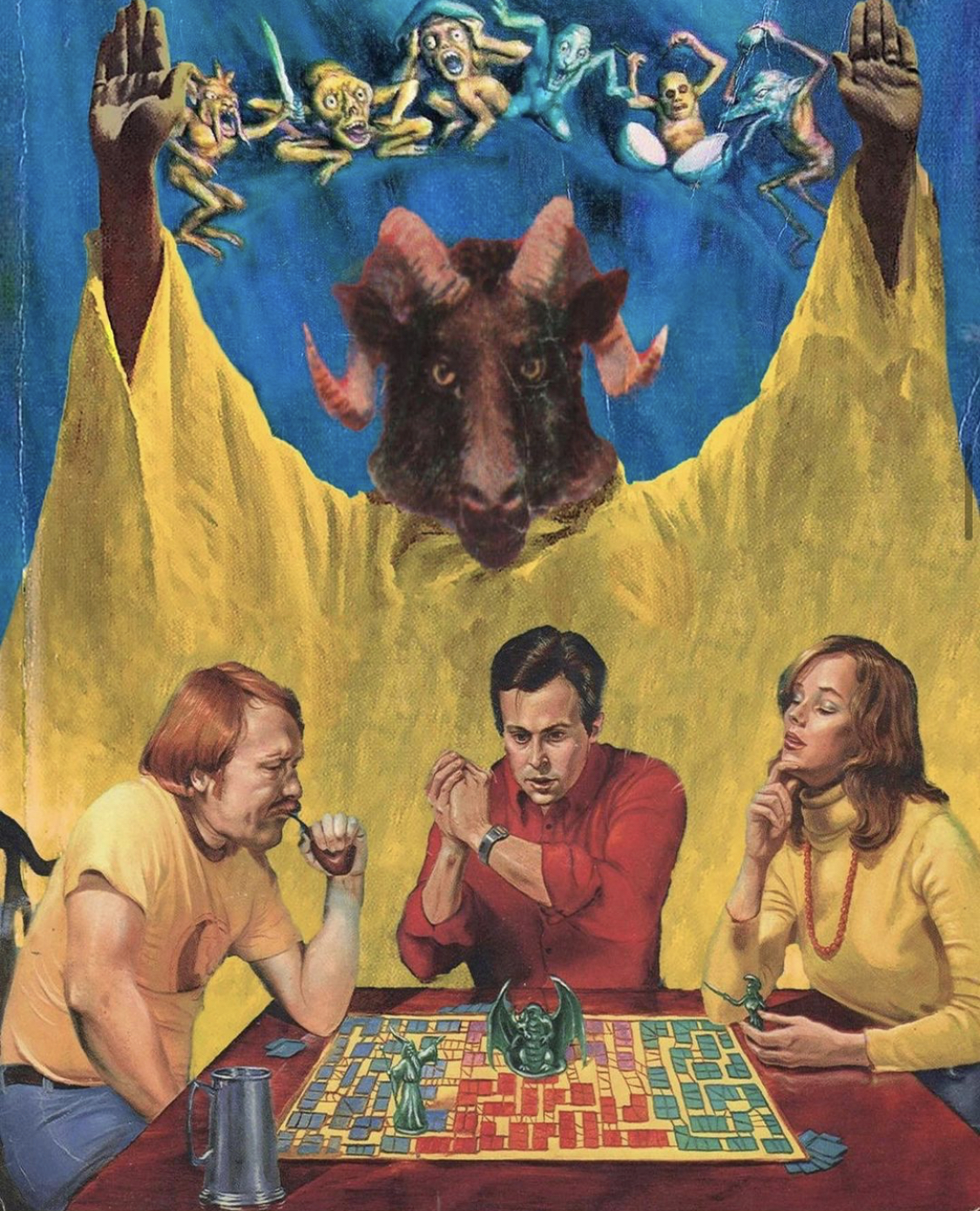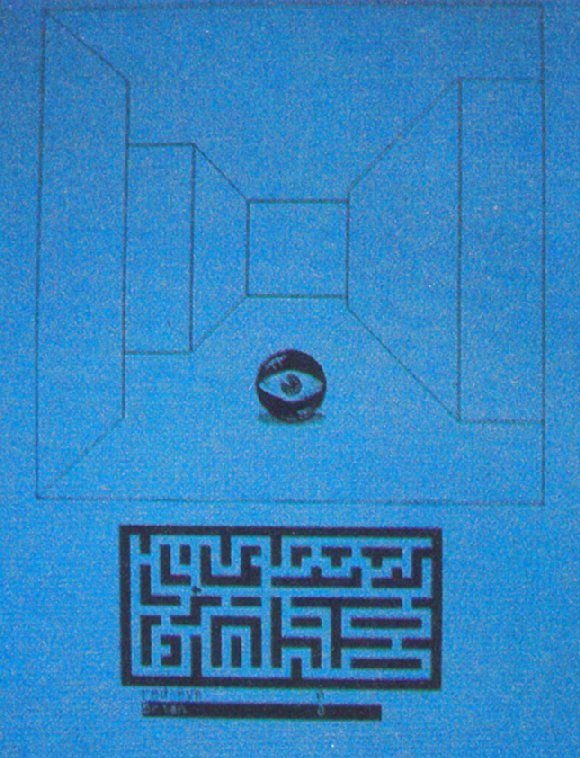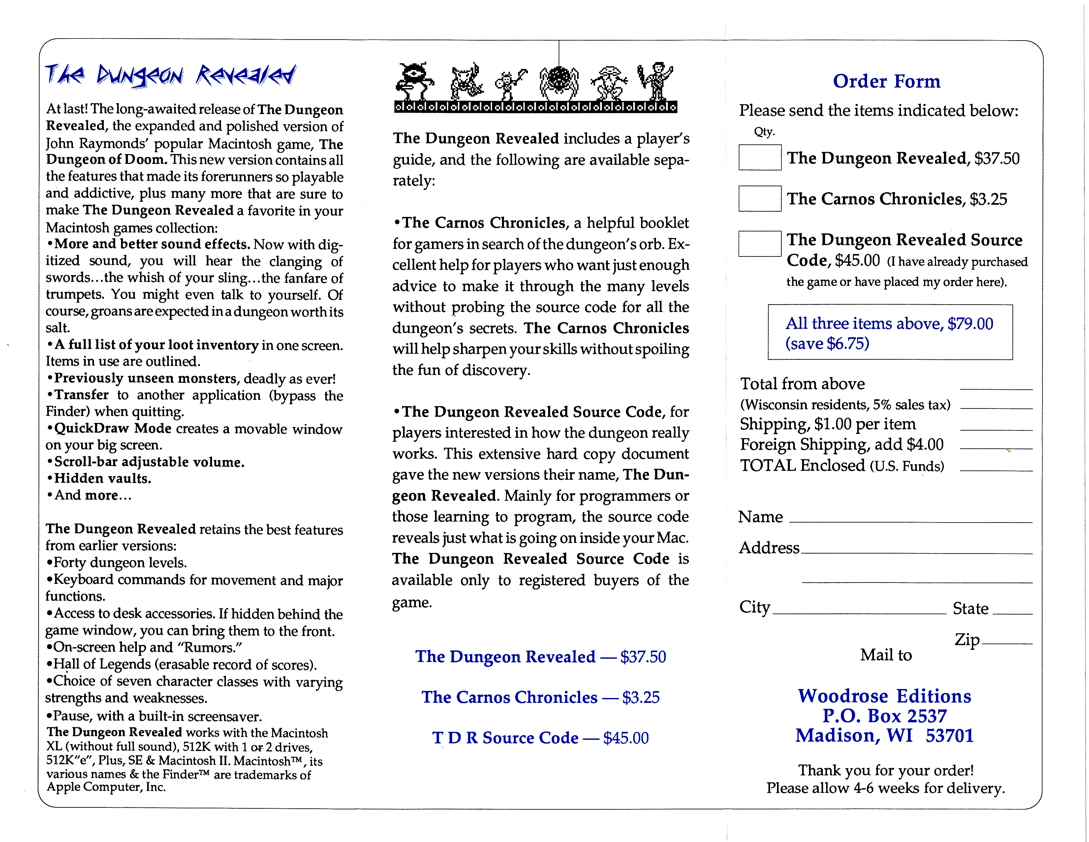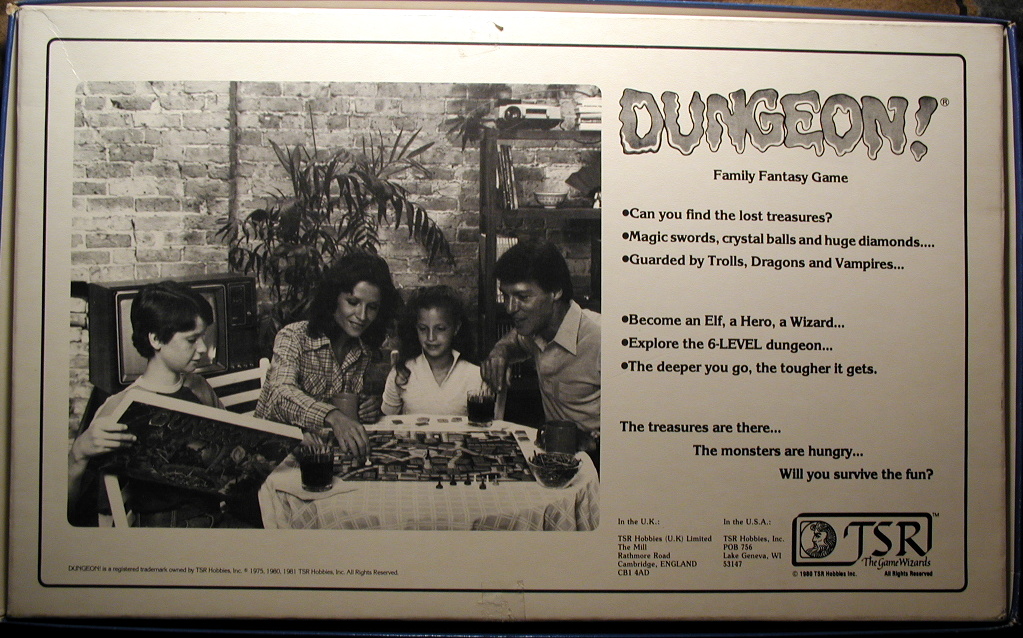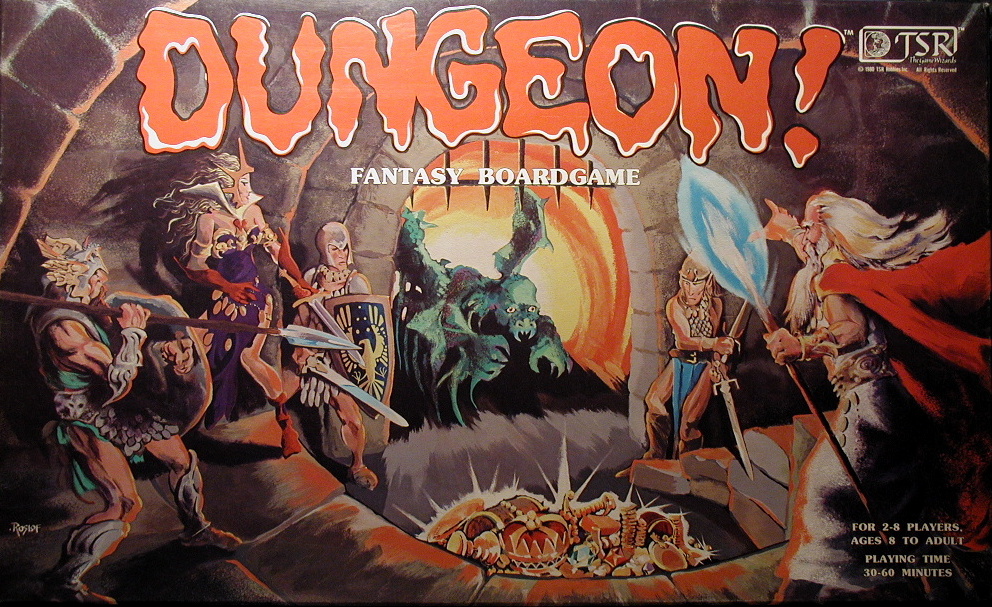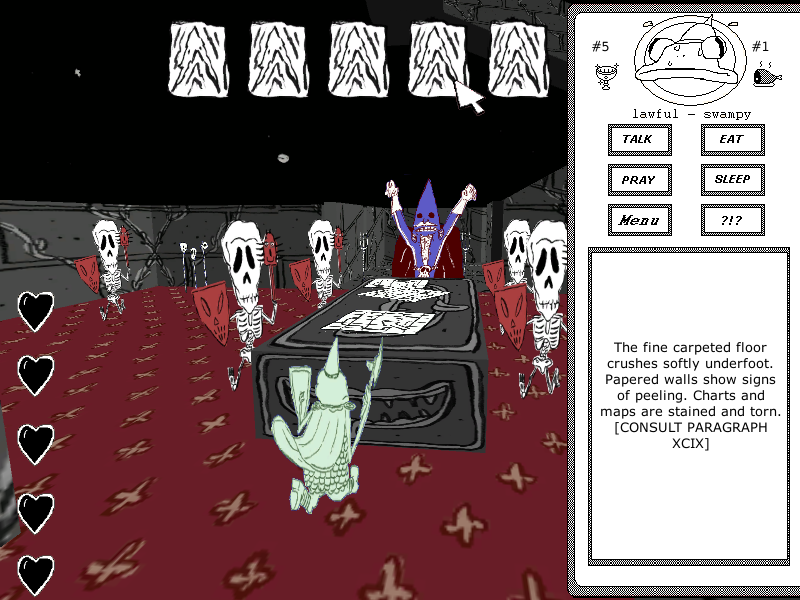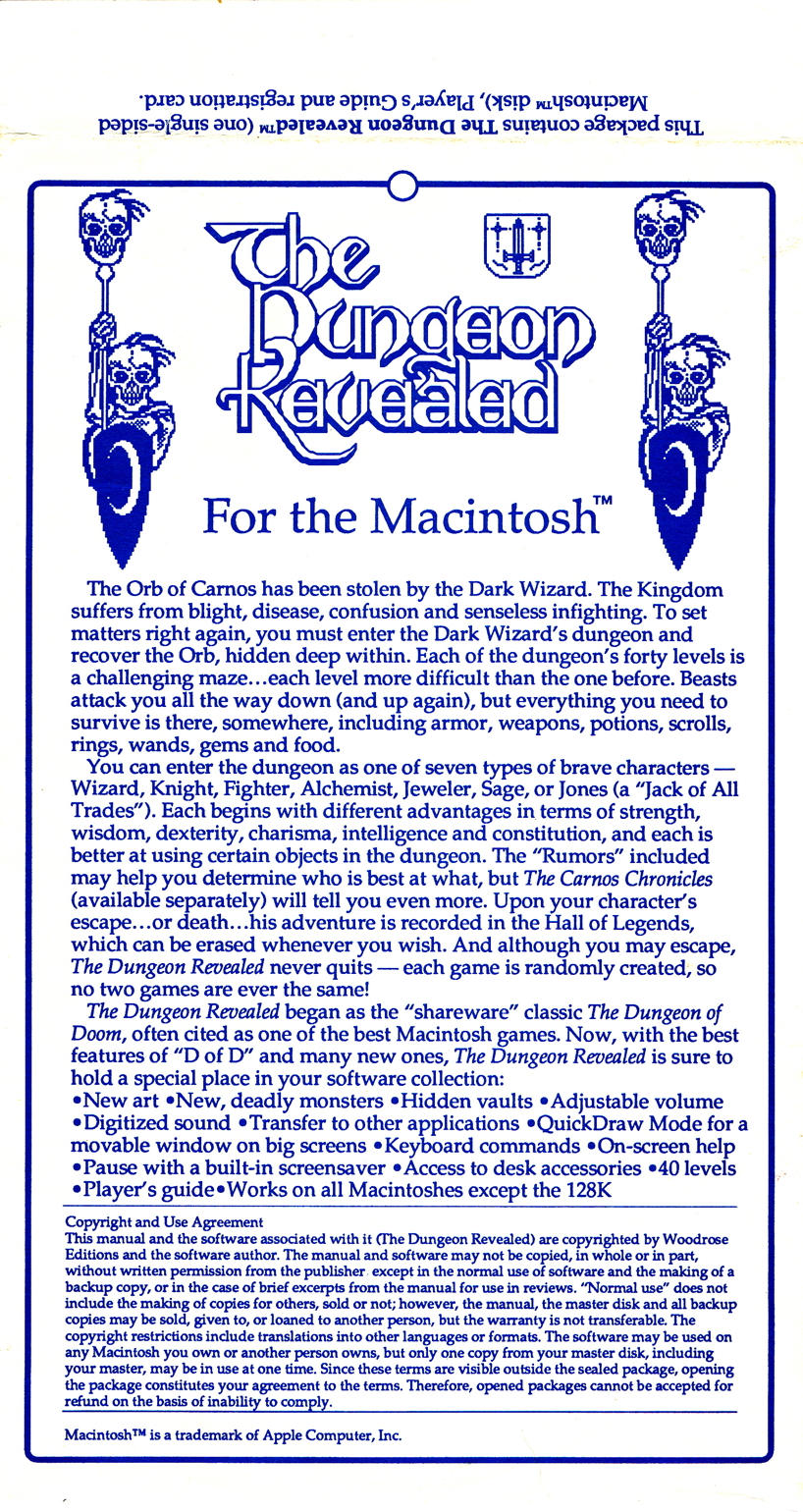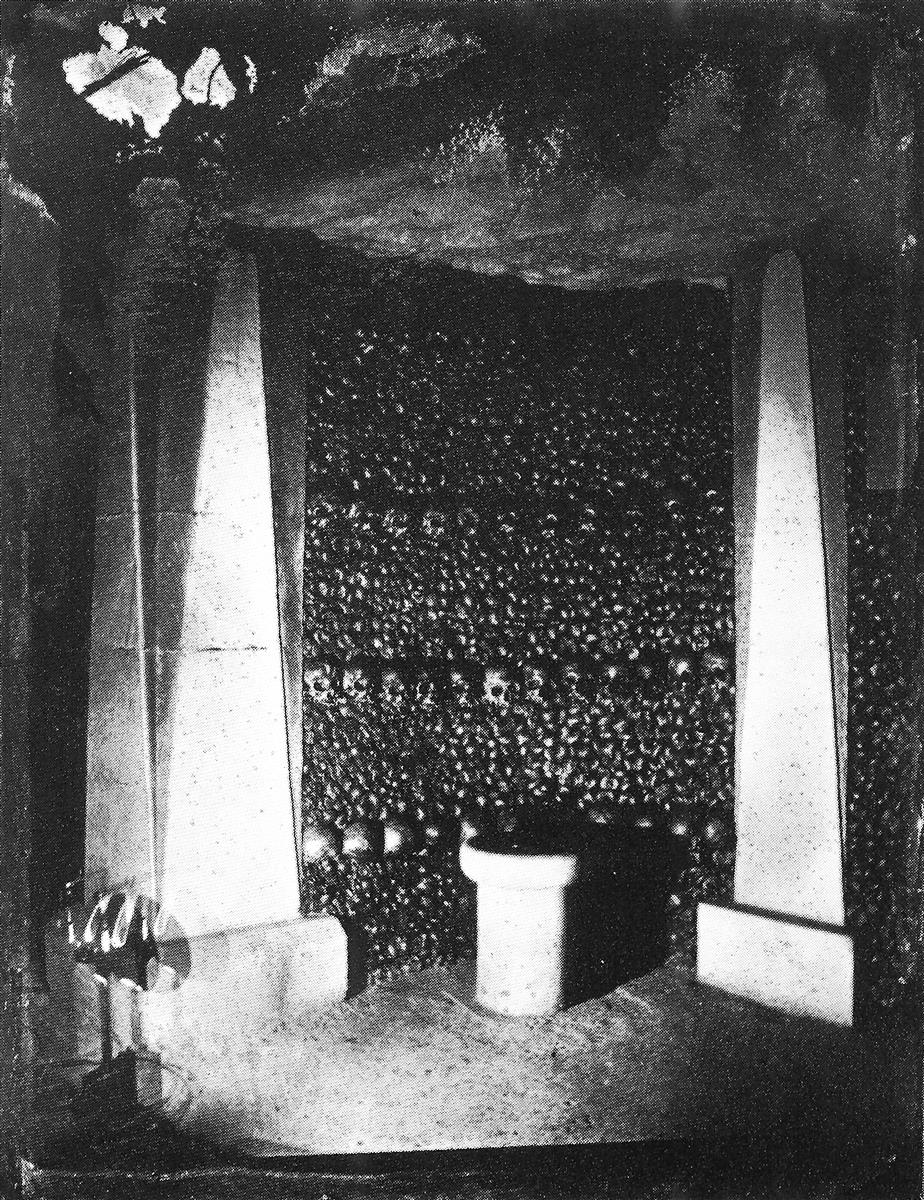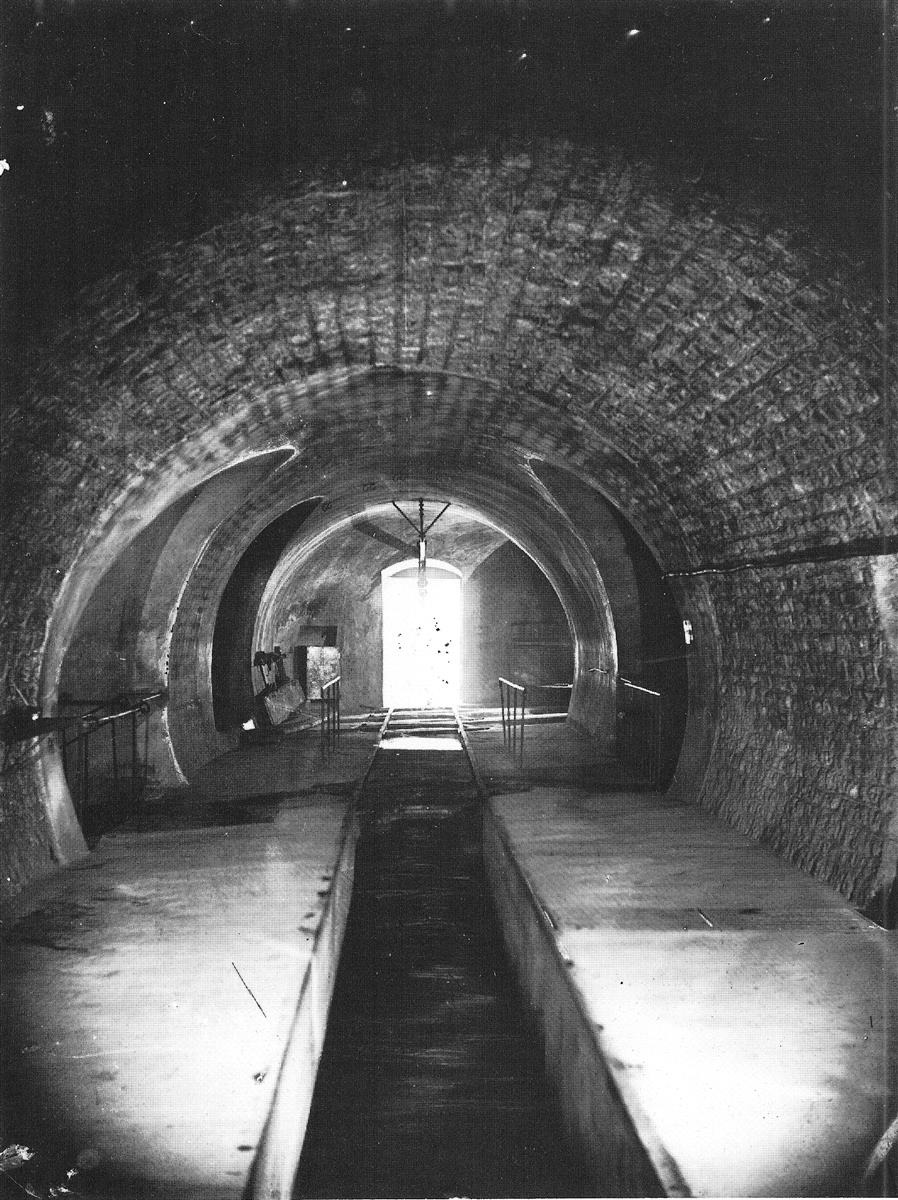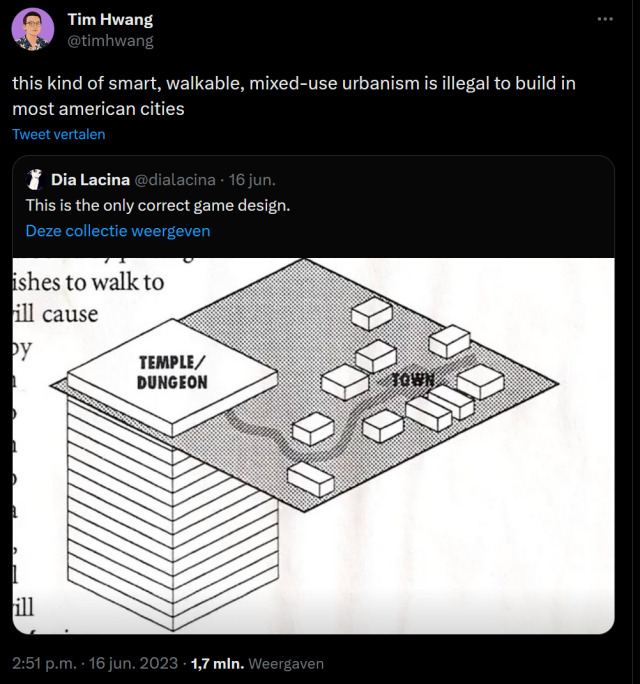The Dungeon Mode
March 12, 2024The Dungeon Mode is an ongoing research project, bridging media art and game studies, that has threaded through my work since 2019. Originally the title of a chapter in my MFA thesis, it has expanded into a book-length project accompanied by interactive experiments developed alongside each chapter.
The project investigates how videogame dungeons mediate space, perception, and memory. Framing the dungeon crawl as a structure that emerged alongside the computer itself, The Dungeon Mode draws on personal narrative and critical theory to explore how games participate in shifting modes of sense experience. The dungeon—both metaphor and mechanism—offers insight into how digital media encode historical trauma, material origins, and evolving relationships between bodies, systems, and environments.
The time-share terminal, home computer, and commercial game console all share intertwined histories with programmatic dungeons. These digital dungeons reflect and extend the physical spaces where their host machines reside—the institution, the family room, the bedroom, the in-between. Each of these sites contains its own labyrinth, where familiar shadows of fantasy are cast by different real-world adumbrations—some, like Medusa, too terrible to face directly.
